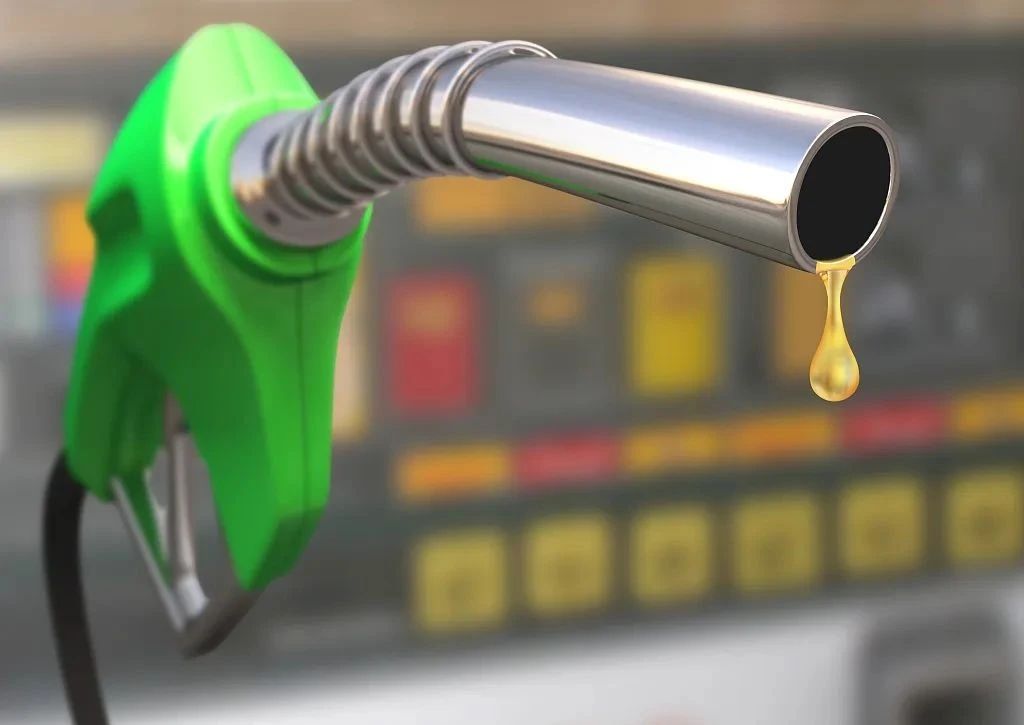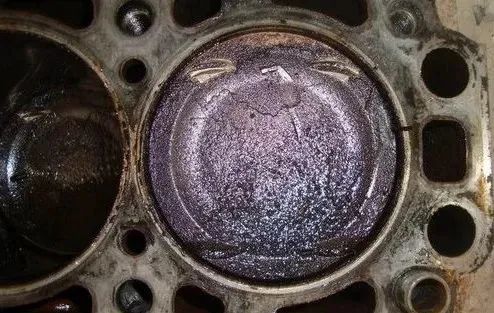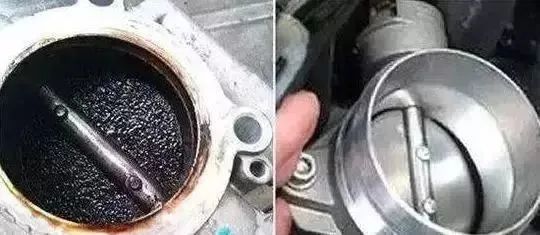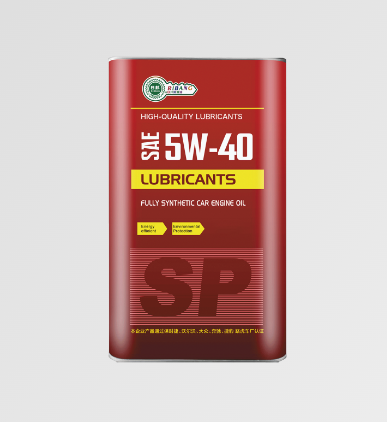- English
- 简体中文
- Esperanto
- Afrikaans
- Català
- שפה עברית
- Cymraeg
- Galego
- 繁体中文
- Latviešu
- icelandic
- ייִדיש
- беларускі
- Hrvatski
- Kreyòl ayisyen
- Shqiptar
- Malti
- lugha ya Kiswahili
- አማርኛ
- Bosanski
- Frysk
- ភាសាខ្មែរ
- ქართული
- ગુજરાતી
- Hausa
- Кыргыз тили
- ಕನ್ನಡ
- Corsa
- Kurdî
- മലയാളം
- Maori
- Монгол хэл
- Hmong
- IsiXhosa
- Zulu
- Punjabi
- پښتو
- Chichewa
- Samoa
- Sesotho
- සිංහල
- Gàidhlig
- Cebuano
- Somali
- Тоҷикӣ
- O'zbek
- Hawaiian
- سنڌي
- Shinra
- Հայերեն
- Igbo
- Sundanese
- Lëtzebuergesch
- Malagasy
- Yoruba
- Español
- Português
- русский
- Français
- 日本語
- Deutsch
- tiếng Việt
- Italiano
- Nederlands
- ภาษาไทย
- Polski
- 한국어
- Svenska
- magyar
- Malay
- বাংলা ভাষার
- Dansk
- Suomi
- हिन्दी
- Pilipino
- Türkçe
- Gaeilge
- العربية
- Indonesia
- Norsk
- تمل
- český
- ελληνικά
- український
- Javanese
- فارسی
- தமிழ்
- తెలుగు
- नेपाली
- Burmese
- български
- ລາວ
- Latine
- Қазақша
- Euskal
- Azərbaycan
- Slovenský jazyk
- Македонски
- Lietuvos
- Eesti Keel
- Română
- Slovenski
- मराठी
- Srpski језик
Master Bang explains carbon deposition - the most complete explanation!
2023-09-27
Master Bang explains carbon deposition - the most complete explanation!
There are often riders to maintain, is recommended carbon and so on, some riders feel: all recommended to do, must be a liar! Also often have a rider ask in the end want to clean? When should I wash it?

Master Bang will give you a talk about carbon accumulation.
What is carbon deposition
Carbon deposition refers to the hard cemented carbon continuously accumulated by the fuel and the lubricating oil in the combustion chamber when it cannot be completely burned (the main component is hydroxy-acid, asphaltene, oiling, etc.), which adheres to the inlet/exhaust valve, cylinder edge, piston top, spark plug, combustion chamber) under the action of repeated high temperature of the engine, that is, carbon deposition.
The cause of carbon deposition
Although today's engine technology is quite advanced, but the combustion chamber efficiency is only 25%- 30%, so carbon deposition is mainly caused by the phenomenon caused by the machinery itself, and the poor quality of gasoline, generally from the refinery of gasoline, the quality may not be the same, so the degree of impact is slightly different, but if the use of solvent oil or illegal oil, Can lead to more carbon accumulation.
After the car is driven for a period of time, the fuel system will form a certain amount of sediment.

The formation of deposits is directly related to the fuel of the car: first of all, because the gasoline itself contains gum, impurities, or dust, impurities brought into the storage and transportation process, accumulated over time in the car fuel tank, oil inlet pipe and other parts of the formation of sediment similar to mud;
Secondly, due to the unstable components such as olefin in gasoline at a certain temperature, oxidation and polymerization reactions occur, forming a gum and resin-like gunk.
These gunk in the nozzle, intake valve, combustion chamber, cylinder head and other parts of the deposit will become hard carbon deposits. In addition, due to urban traffic congestion, cars are often in a low speed and idle state, which will aggravate the formation and accumulation of these sediments.
Types of carbon deposits

Carbon deposition can be divided into two kinds: valve, combustion chamber carbon deposition and intake pipe carbon deposition.
1. Carbon deposit in valve and combustion chamber
Every time the cylinder works, it is first injected oil and then ignited. When we extinguish the engine, the ignition is cut off immediately, but the gasoline emitted by this working cycle cannot be recovered, and can only be attached to the intake valve and the combustion chamber wall. Gasoline is easily volatilized, but the wax and gum in gasoline remain. Carbon deposits are formed when repeated heat hardens.
If the engine burns oil, or the gasoline filled with poor quality impurities is more serious, then the valve carbon deposit is more serious and the formation rate is faster.
Because the structure of carbon deposit is similar to a sponge, when the valve forms carbon deposit, a part of the fuel injected into the cylinder will be absorbed, making the concentration of the mixture that really enters the cylinder thinner, resulting in poor engine work, starting difficulties, idling instability, poor acceleration, rapid refueling and tempering, excessive exhaust gas, increased fuel consumption and other abnormal phenomena.
If it is more serious, it will cause the valve to be closed loosely, so that a cylinder will not work completely because of no cylinder pressure, and even adhere to the valve to make it not return. At this time, the valve and the piston will cause motion interference, and eventually damage the engine.
2. Carbon accumulation in the intake pipe
Because the work of each piston of the whole engine is not synchronized, when the engine is turned off, the intake valve of some cylinders can not be completely closed, and some unburned fuel continues to evaporate and oxidize, which will produce some soft black carbon deposits in the intake pipe, especially behind the throttle.
On the one hand, these carbon deposits will make the wall of the intake pipe rough, and the intake air will produce vortices in these rough places, affecting the intake effect and the quality of the mixture.
On the other hand, these carbon accumulation will also block the idle channel so that the idle speed control device is stagnant or beyond its adjustment range, which will cause low idle speed, idle speed trembling, the acceleration of various auxiliary devices are disabled, oil collection, excessive exhaust gas, fuel consumption and other phenomena.
If you experience slow acceleration, quick refueling and tempering, and cold start difficulties in driving, your car's valve is likely to have accumulated carbon.

Found that the idle speed is low and the car shivers when idling, there is no idle speed after changing the battery, then your car's intake pipe has carbon accumulation is very serious. With the above phenomenon, you should go to the professional repair shop to check the car in time.
Symptoms of carbon accumulation
"
1, difficult to start
Cold car ignition is not easy to start, hot car normal.
"
2. The idle speed is unstable
The engine idle speed is unstable, high and low.
"
3. Acceleration is weak
When adding empty oil, it feels that the acceleration is not smooth and there is a stuffy phenomenon.
"
4. Lack of power
Weak driving, especially when overtaking, slow speed response, unable to reach the original car power.
"
5. Excessive exhaust gas
The exhaust gas is very harsh, pungent, seriously exceeding the standard.
"
6. Fuel consumption increases
Fuel consumption is higher than before.

The dangers of carbon accumulation
"
1. When carbon deposits adhere to the inlet exhaust valve...
When carbon deposits adhere to the intake and exhaust valves, the intake and exhaust valves are not tightly closed and even air leakage, and the pressure in the engine cylinder drops, the direct result is that the engine is difficult to activate, and the jitter appears under idle conditions. At the same time, it affects the cross section of the mixture into the combustion chamber, and the carbon deposit can adsorb a certain mixture, thus reducing the engine power.
"
2, when the carbon is attached to the cylinder, piston top...
When carbon deposits adhere to the top of the cylinder and piston, it will reduce the combustion chamber volume (space) and improve the cylinder compression ratio, and when the compression ratio is too high, it will cause early engine combustion (solid engine knock) and reduce the power generation.
"
3. When carbon is attached to the spark plug...
When carbon deposits stick to the spark plug, the spark quality will be affected. Not even on fire.
"
4. When carbon deposits form between piston rings...
When carbon deposits form between piston rings, it will easily lock the piston ring, causing gas turbine oil and strain the cylinder wall.
"
5. When carbon is attached to the oxygen sensor...
When carbon deposits adhere to the oxygen sensor, the oxygen sensor can not correctly perceive the exhaust gas condition, and can not correctly adjust the air-fuel ratio, so that the engine exhaust exceeds the standard.
"
6. When carbon deposits form inside the intake manifold...
When carbon deposits form inside the intake manifold, the interior becomes rougher, affecting the formation and concentration of combustible mixture.
Carbon deposition prevention
The diagnosis of carbon deposit in car maintenance has always been a difficult problem, if the owner to distinguish whether there is carbon deposit is even more difficult, and it is better to prevent problems than repair them, and use daily maintenance means to maintain the normal use of the vehicle.

Below, Master Bang introduces several ways to reduce and prevent carbon accumulation.
"
1. Fill with high quality gasoline
Impurities such as wax and gum in gasoline are the main components of carbon deposition, so the trend of carbon deposition in gasoline with high cleanliness is weaker. Unfortunately, the quality of gasoline in our country is still low compared with developed countries, and we should go to regular oil stations when refueling.
We should note that the high label is not equal to high quality, the label only represents the octane number of the oil, and does not represent the quality and cleanliness.
In order to ensure the cleanliness of gasoline, some owners will use the practice of adding gasoline cleaners to gasoline. This can effectively prevent the formation of carbon deposits on the metal surface, and can gradually activate the original carbon deposits slowly remove, thereby protecting the engine from damage.
"
2, do not idle for a long time
The idling time is long, and the time for the engine to reach the normal temperature is longer, and the speed of evaporation after the gasoline is sprayed into the back of the valve is slow, and carbon accumulation is also born.
At the same time, often idling, the air flow into the engine is small, so the scouring effect on carbon deposits becomes very weak, will promote the deposition of carbon deposits.
Due to the influence of factors such as urban road conditions, people's pace of life and China's fuel market conditions, the above methods to avoid carbon deposition may not be easy to achieve.
Then it is recommended that the car family do a disassembly cleaning of the engine system under the conditions of regular maintenance, which can effectively reduce the impact of carbon accumulation on the engine energy, so that the "heart" of the car is kept in the best state.

The benefits of removing carbon deposits
"
1, improve the car horsepower.
"
2. Save fuel consumption.
"
3. Lower the knock point.
"
4. Promote environmental maintenance.
"
5. Extend engine life.
"
6, strengthen the braking accuracy.

Ribang synthetic lubricating oil, using exclusive formula, has a good effect on cleaning up carbon sludge in the engine, and has a good performance in protecting the engine anti-wear effect and fuel economy.
Master Bang's suggestion
According to the different environment, road conditions, fuel, driving and maintenance habits of the vehicle, the formation of carbon deposits is also different, it is recommended that the general cleaning of carbon deposits choose a mileage of about 20,000 kilometers to do a free cleaning.
If the vehicle has traveled 100,000 kilometers and has never done carbon deposition cleaning, it is recommended to do disassembly cleaning when it needs to be done, of course, we must remember to choose a reliable process quality repair shop for operation. In general: carbon accumulation is not terrible, afraid that we do not deal with it.






